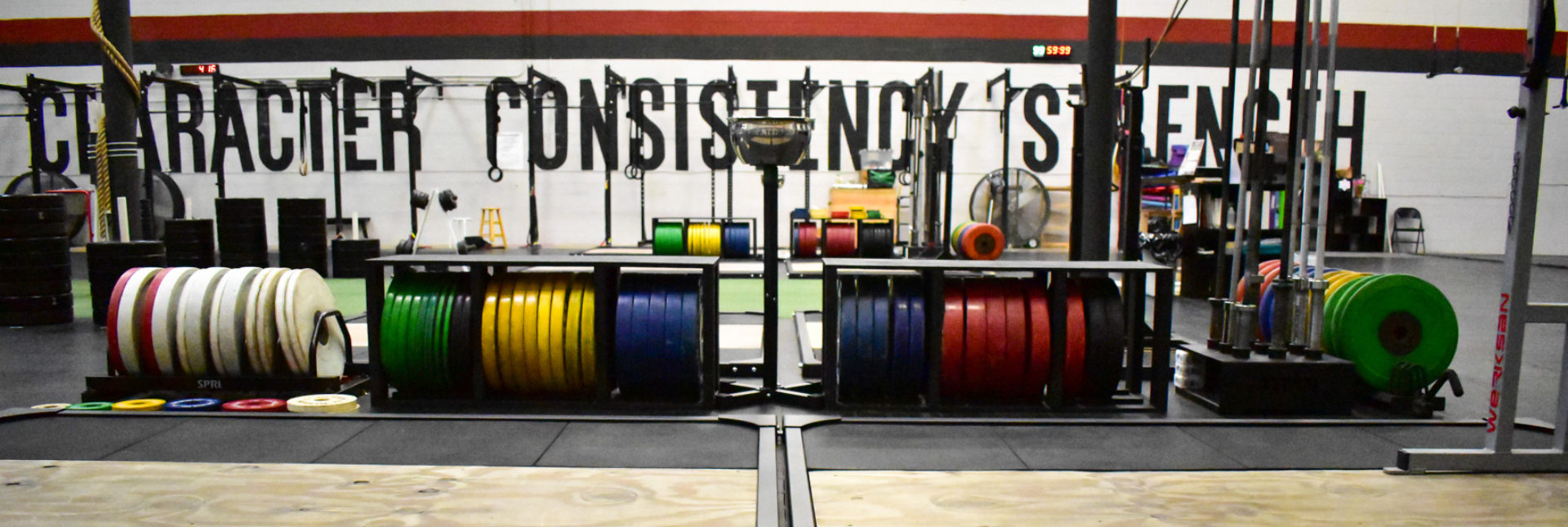So, I took my first yoga class this afternoon. While I’ve always known that yoga is both challenging and can be very beneficial to just about everyone, I had never taken a full on sixty minute practice with an actual instructor before. I had only just goofed around with some of the poses. After much peer pressure and a lot of gained curiosity I thought, “sure, why not?” My growing curiosity stemmed from my job as a personal trainer. Having had a few clients that consider themselves devout “yogis,” here are a few things I can say about all of them.
- They’re flexible. I mean very flexible. Almost like Gumby. Especially in their hamstrings, glutes, hips, and shoulders. Coincidentally, flexibility in these areas is quite necessary for weightlifters to properly execute the competition movements.
- They have core strength. Lots of it. A typical plank, side plank, and various push up variations are common practice in the yoga world. All of the people I have trained that are avid practitioners of yoga can execute these with relative ease (yes even push ups for the ladies). Fancy that, weightlifters absolutely need a strong core as well.
- They have impeccable posture. Like perfect. Better than most military generals. They possess the proper balance between the front and back sides of their torsos, and as a direct result of having a strong core and a flexible posterior chain, their hips lie perfectly in line. Posture in the Olympic lifts is also a necessity. An upright torso and the ability to keep the hips within their proper structure in a full squat can make or break any weightlifter in the long run.
So, aside from everything mentioned above how else can yoga positively effect weightlifters? Well (drum roll please), here they are:
- Active Recovery: Aside from the challenging aspect of yoga, there is also a therapeutic aspect to it as well. There are plenty of isometric and static stretches to be had, along with a plethora of the necessary blood flow needed to buffer lactic acid and facilitate muscle repair and function. A great deal of the poses also directly correlate to the positions we so often see in weightlifting. Thus, yoga can help facilitate the necessary mobility needed for our beloved sport.
- Chair Pose: This pose resembles proper positioning for anyone that is a power jerker or a squat jerker. Feet hip width apart, arms aligned over head with the ears, chest up, heels down…..sound familiar? Even if you aren’t a power jerker, power jerks are often times seen in training programs to facilitate the split jerk.
- High Lunge (Crescent) Pose: This pose gives way to a proper split jerk (sort of). Feet are split front to back with some distance width wise as well. Again, the hands are extended over head and in line with the ears. The only difference between this pose and a proper split position lies in the back leg. We typically bend the back leg in the split jerk, while High Lunge Pose aids in stretching the hip flexors via a straight back leg. Regardless, the front heel stays down, the back toe keeps contact with the floor, and the torso stays upright. Fancy that, another direct correlation to what we do, and aim to perfect.
- Plank, Side Plank, and Crow Pose: No I’m not talking about sissy planks from your elbows. Think Push Up position, with the scapula fully retracted (shoulder blades together), shoulders over the wrists, and a perfectly flat low back. Now rotate that in the transverse plane to either side, with total body support coming from the core and a single arm. Looks easy, but definitely is not. The shoulders and the shoulder girdles can never be too stable, especially for what we do.
- Chaturanga and Down Dog: Simply put, Chaturanga makes push ups seem easy when done right, and Down Dog is a fantastic maneuver for shoulder mobility, while still extending the glutes and hips. They also light the triceps on fire in a static hold that will make you get to know yourself a little better.
- Total Body Control: Lastly, every single Yogi I have ever had the pleasure of working with has made my job incredibly easy because of the complete and utter control they have over every movement they do. Yoga forces you to feel every fine detail in what you’re doing. Thus, kinesthetic awareness is at a level not seen by many, and a small adjustment can be felt that much easier within motor patterns by those who practice yoga on a consistent basis. What does this mean for weightlifters? What your coach says will resound much louder. Small details go a long way and can mean the difference between a one kilo personal record, and a missed lift. Similar to gymnastics, yoga requires a solid amount of bodily control. The kind that will carry over directly to the competition lifts and their variations.
Well there’s that. I am by no means trying to convert anyone that reads this into a full time yogi. But, I do firmly believe that regular practice of yoga can have a profound positive impact. Not just on weightlifters, but everyone that’s got big enough juevos to take the dive and give it a try. Its therapeutic, relaxing, and will develop some extra functional flexibility and strength. All of which are hard to argue with. Carry on folks. And happy training!
Dan Russell
CSCS, USAW
oly, olympic, lifting, olylifting, weightlifting, snatch, clean, jerk, squats, competition, crossfit, tampa, tampa bay, 813, crossfit 813, team 813 weightlifting, training, fitness, gym, workout, usaw, usa weightlifting, keeppulling, saint petersburg, clearwater, palm harbor, brandon, westchase, oldsmar, orlando, spring hill, tarpon springs, dunedin, largo, plant city, zephyrhills, wesley chapel, land of lakes


